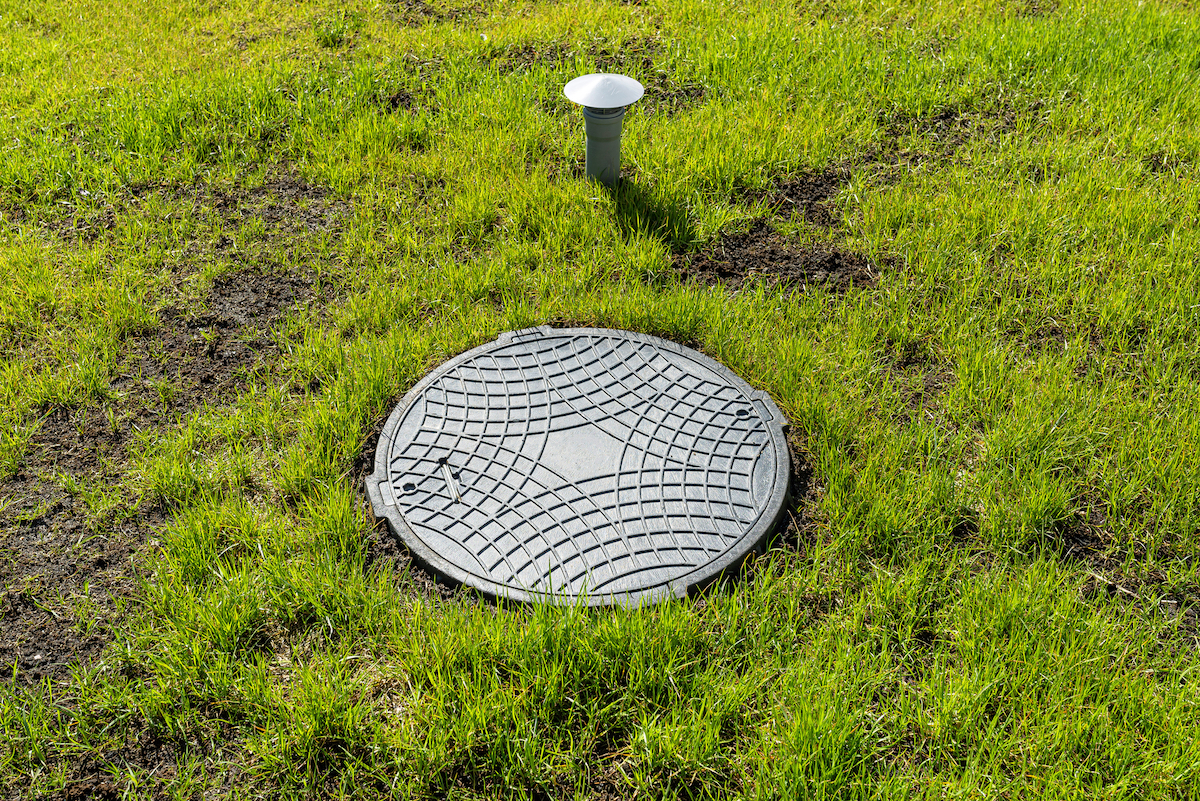

We may earn revenue from the products available on this page and participate in affiliate programs. Learn More ›
Though much of your septic system sits out of sight and out of mind beneath the surface of the yard, not all of it is concealed below ground. Septic systems have visible manhole-like covers and vent pipes that can jut several feet out of the ground. While there are things you should never bury or build over these unsightly components of your septic system, there are safe methods for concealing them. From ornamental landscaping to garden gnomes, plenty of creative ideas can help disguise these waste-management eyesores. Ahead, find out what you can do (and what you shouldn’t do) to mask unattractive septic tank covers and vents.
RELATED: 8 Questions Home Buyers Have About Septic Systems
1. Do use faux rocks.
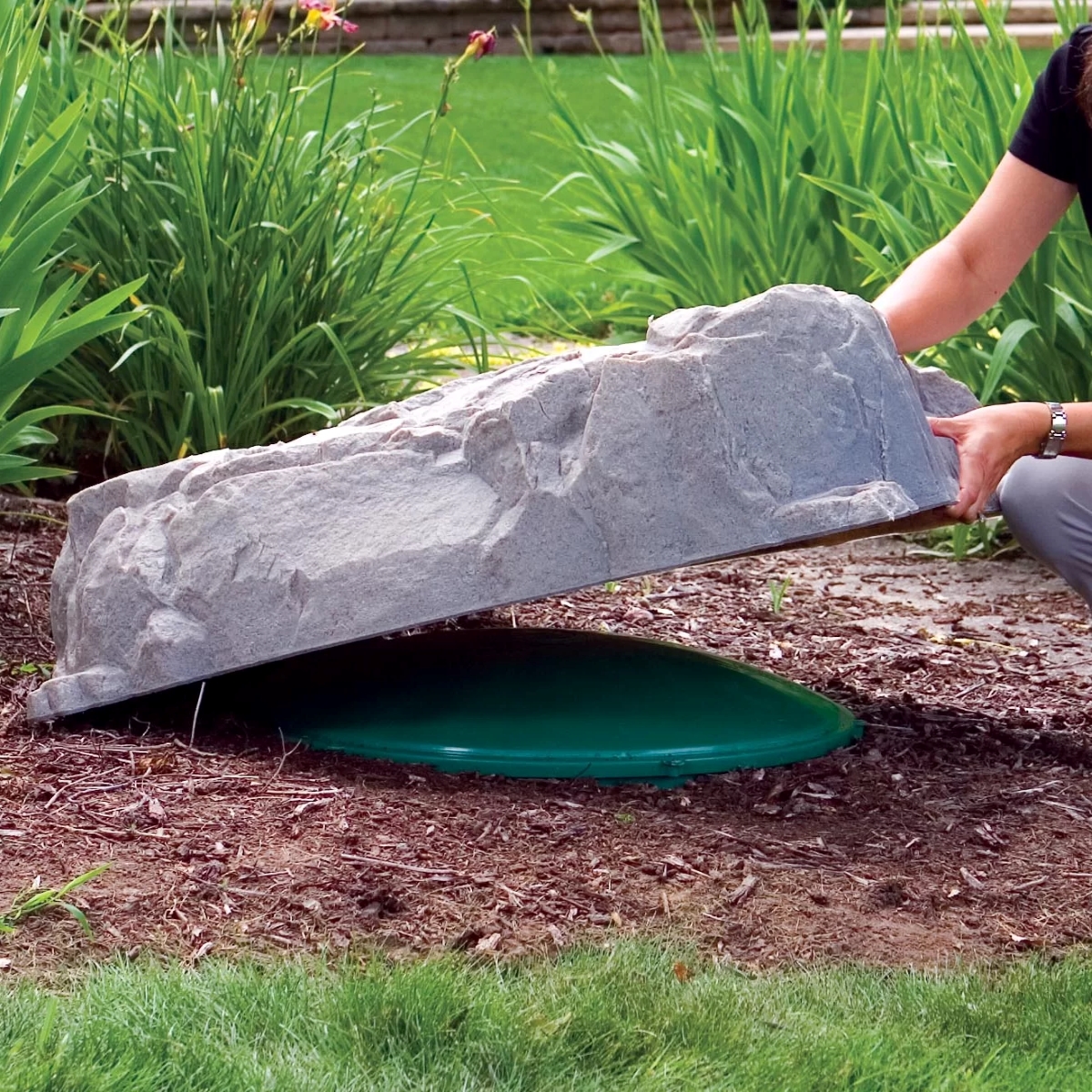
While placing a large rock on top of your septic tank cover is a no-no, there’s nothing wrong with setting a lightweight fake rock on top of it. Faux rocks, such as Arlmont & Co.’s plastic abstract garden stone, are made to fit over the top of the septic tank cover. Since these fake boulders are made from lightweight fiberglass, they won’t apply excess weight to the septic system, and they’re easy to remove when it’s time for service. All you’ll have to say to technicians trying to find the septic system is, “Just look for the big boulder.”
2. Don’t use heavy objects.
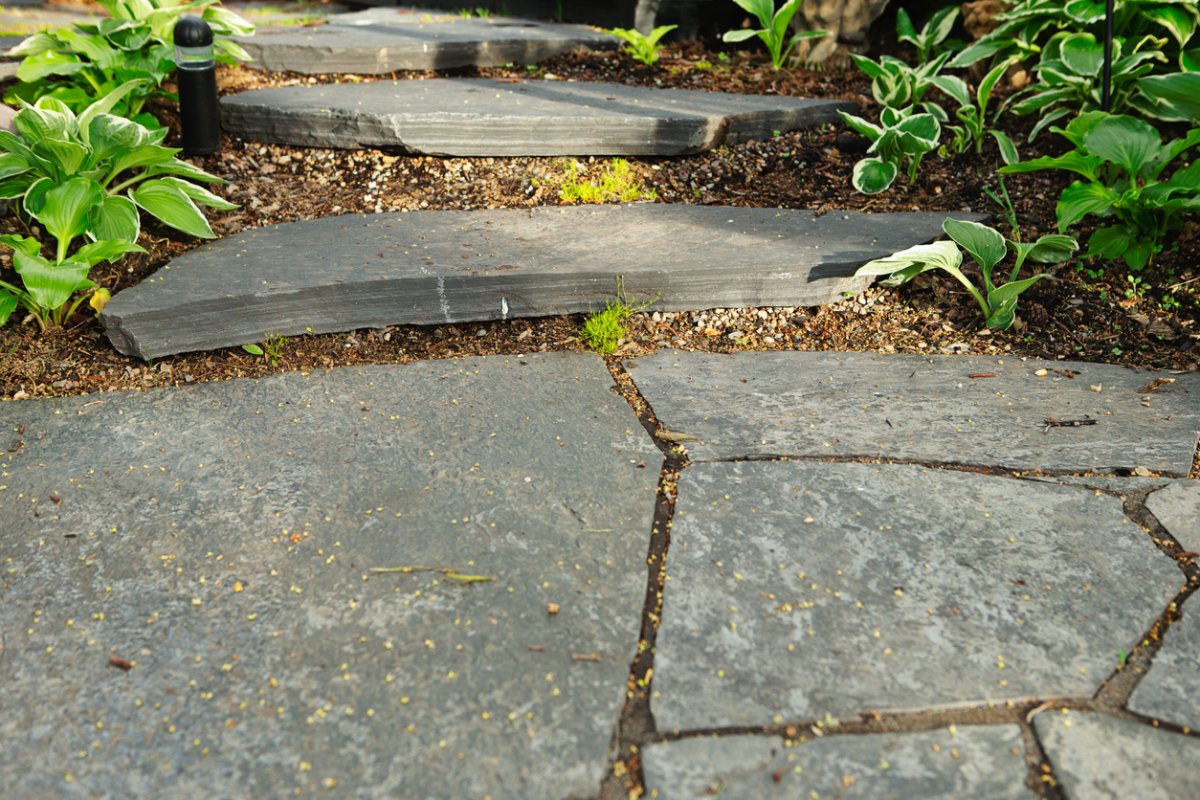
Avoid putting boulders or heavy pavers on top of the septic cover. Some septic tank covers are designed to support only about 100 to 125 pounds of weight. Even if you have a septic tank cover that can hold hundreds of pounds, that cover must remain accessible for periodic septic tank pumping, so whatever you place on top of it must be relatively easy to remove.
3. Do plant ornamental grasses.
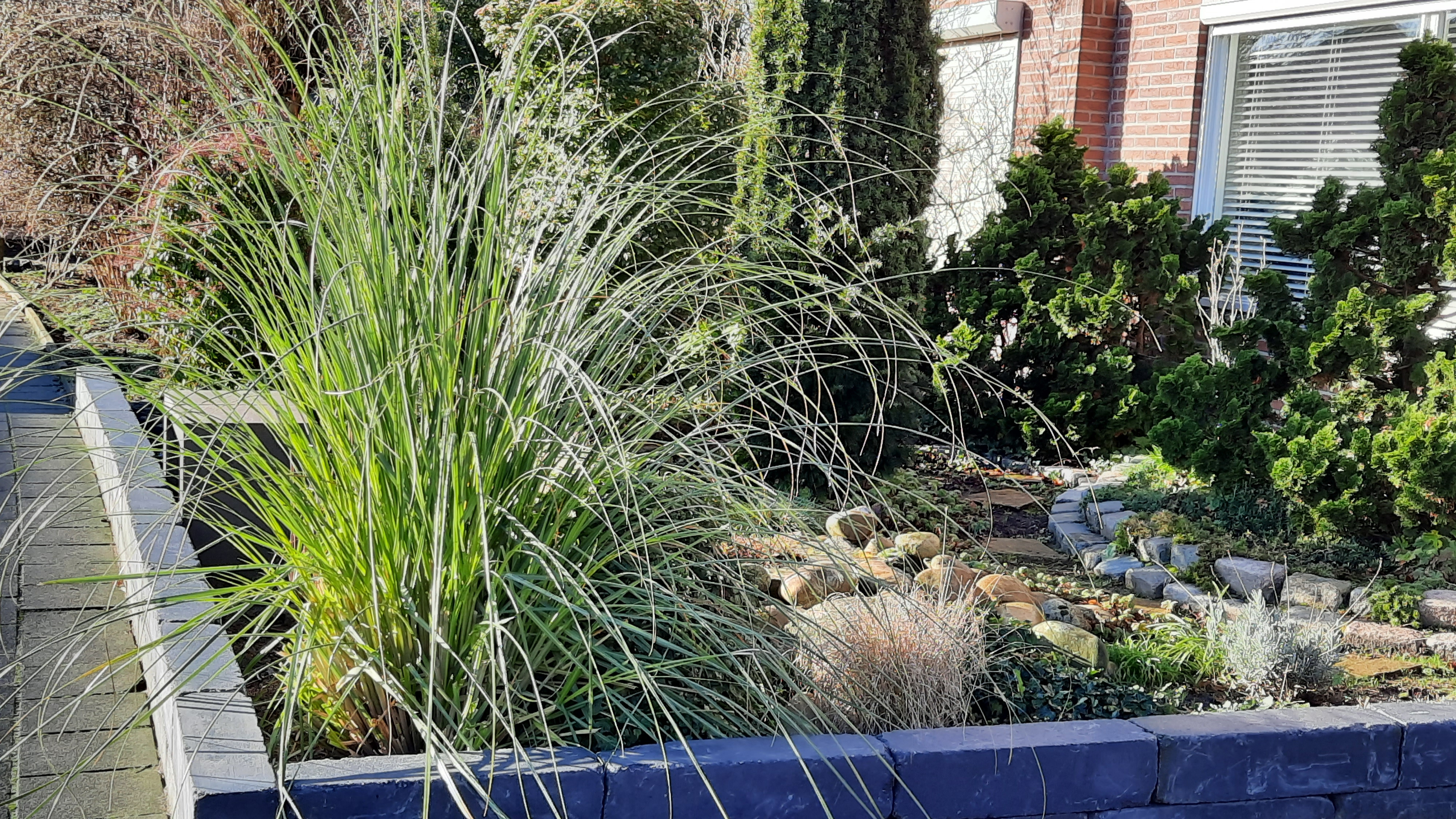
One way to mask the visible components of a septic system is to create a screen of ornamental grasses. Ornamental grasses have shallow root systems that won’t wreak havoc on your septic system. However, they’ll grow tall enough to create an effective visual barrier to hide septic tank covers and vent pipes. Just be prepared to replace them occasionally if they must be dug up for servicing the tank.
4. Don’t plant large shrubs or trees.
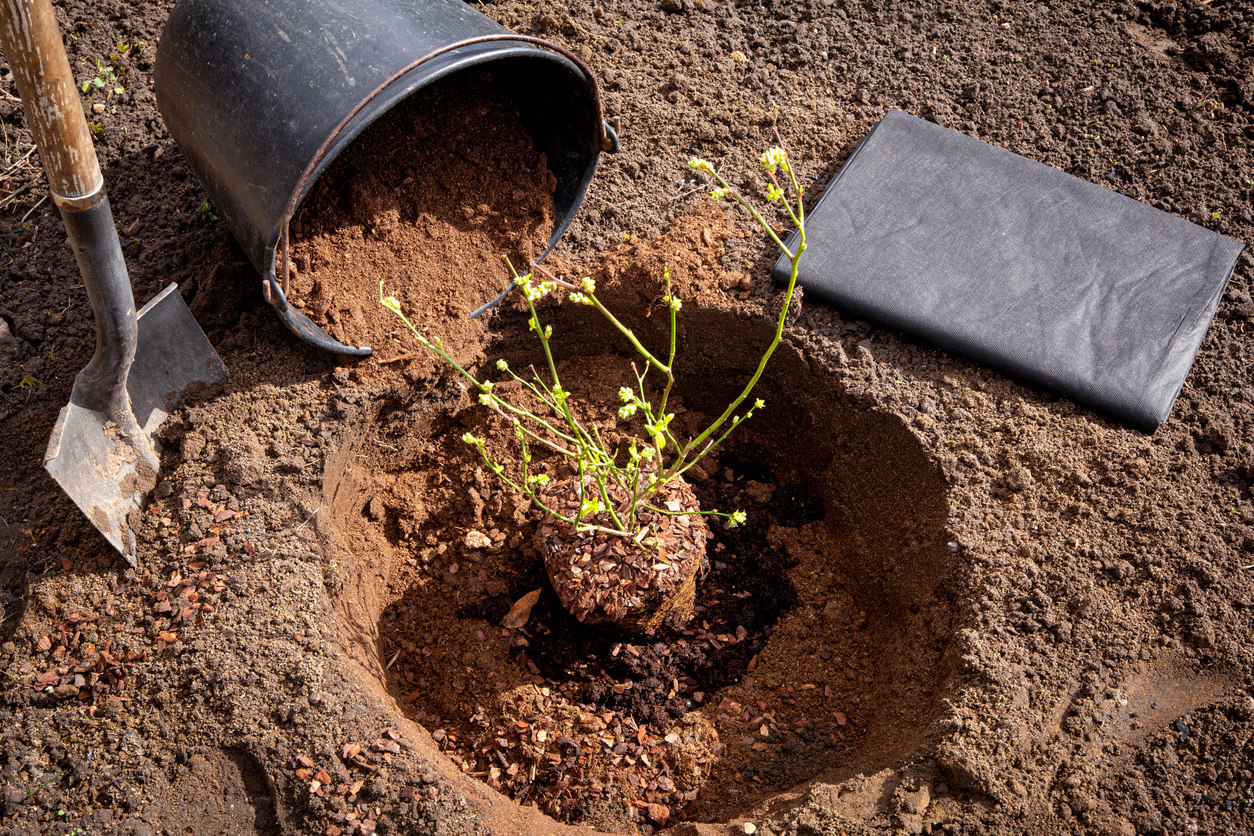
While you might be tempted to plant shrubs and trees around your septic system’s visual components to hide them, doing so can cause major problems down the road. Many shrubs and trees develop large root systems as they get bigger that can grow into your septic field and its plumbing. This can lead to damage and a hefty repair bill down the road. Septic companies typically advise against planting any shrub or tree within a minimum of 20 feet of the septic field.
5. Do put a planter over the lid.
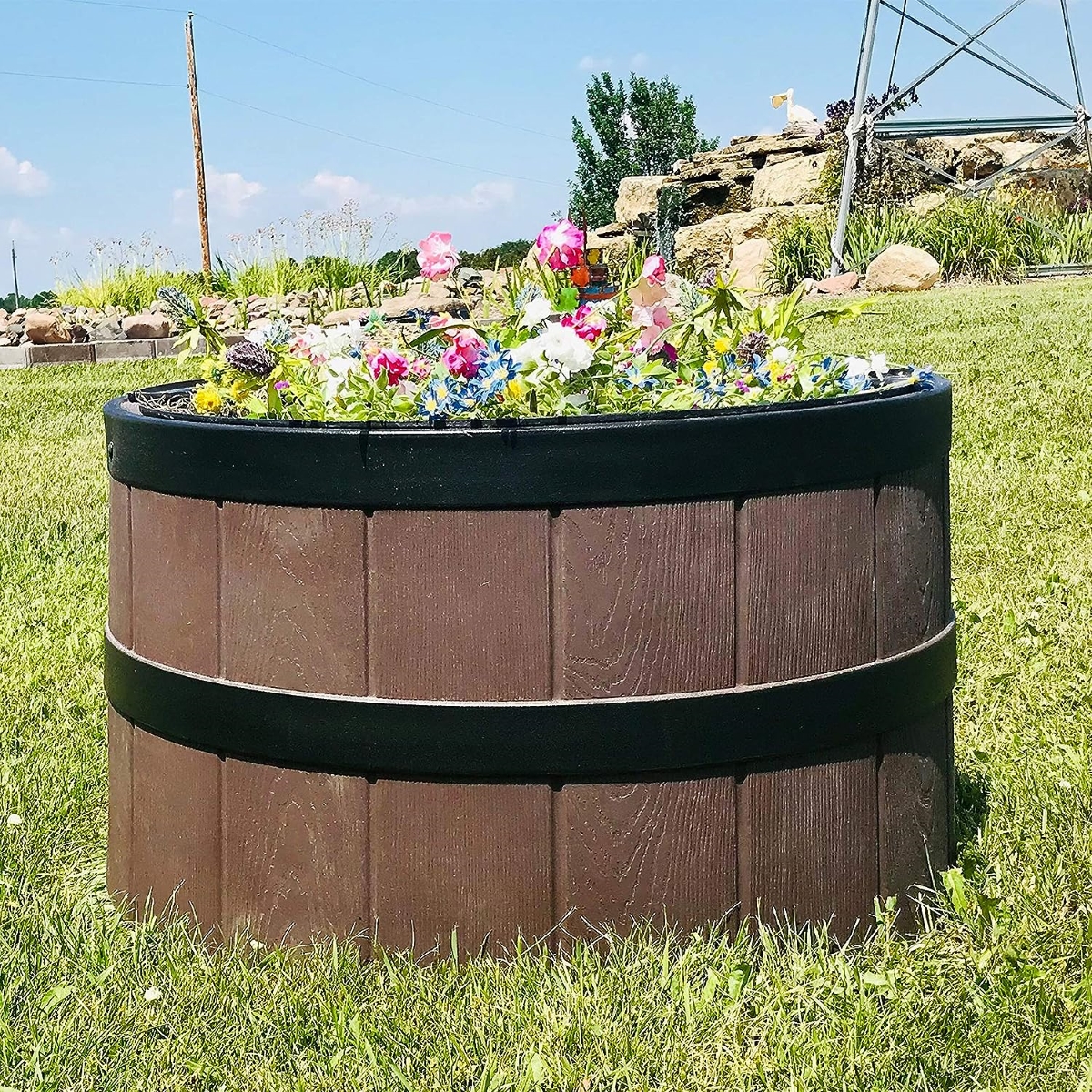
Disguise that unsightly septic system lid by putting a planter over top of it and filling it with flowers. One of the best types is a half barrel–style planter that’s large enough to cover the entire septic tank cover. Look for a planter such as Breakwater Bay’s Juliann plastic planter, which has a hollow bottom and is larger in diameter than the cover. This lets it rest on the ground around the cover as opposed to on the cover itself.
6. Don’t bury the septic tank lid.
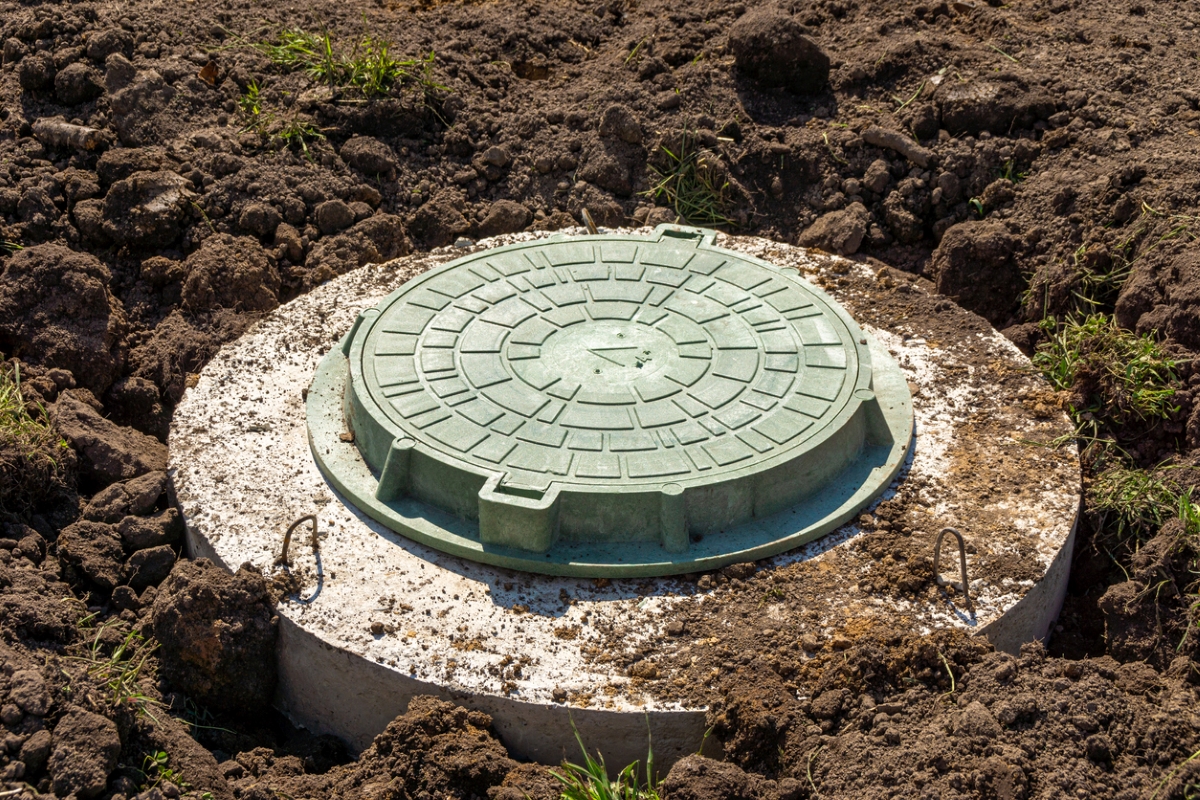
Never bury a septic tank lid. Doing so makes it harder for a technician to access it when it needs service and also allows rainwater to drain into the septic tank, which can cause the system to overflow into the yard or even back up into the house. Always make sure the septic tank lid sits a few inches above the ground. If grass grows around the area, be sure to keep it trimmed enough around the access covers so you can find them when needed.
7. Do use an ornamental vent cover.

A septic system ventilation pipe can extend several feet out of the ground, making it a particularly unsightly component of a septic system. Consider buying an ornamental septic vent cover to disguise it. These multifunction covers can double as bird houses, bird baths, and even landscape lighting.
8. Don’t block your septic system vent.
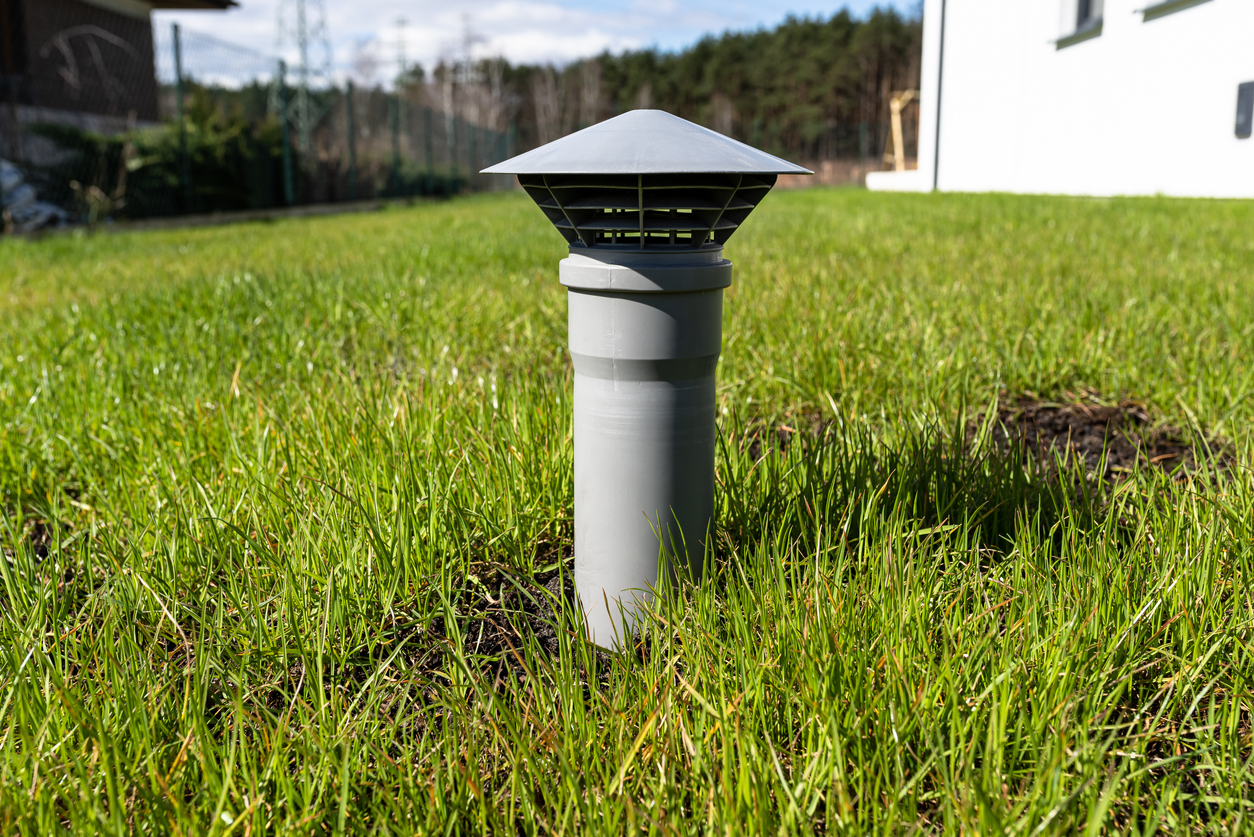
That septic system vent that extends out of the ground in your yard may be an eyesore, but it serves an important role in the operation of the system. Blocking it can prevent methane gas and carbon dioxide from venting out of the system, trapping these gases inside the tanks. As the pressure created by these gases builds up, it can cause the septic tank to back up and even cause a backflow into the home.
9. Do decorate with small lawn ornaments.

While you should never place heavy weight on your septic tank lid, you can place smaller objects that weigh less than 100 pounds on top of it. Top your septic tank lid with a fun yard ornament such as a garden gnome, for example. A small yard ornament will mask the lid and is lightweight enough to remove when it’s time to pump the septic tank.
10. Don’t build over the septic system.
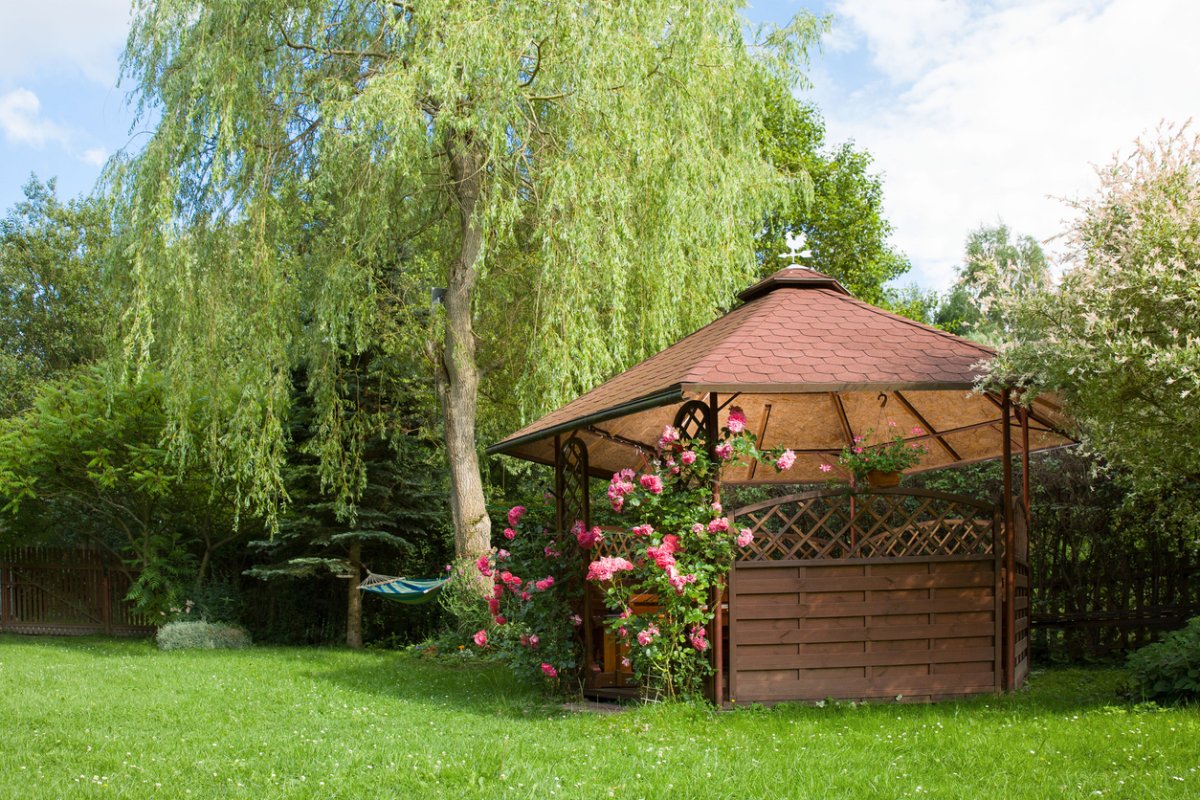
While you might be tempted to build something over the top of the septic tank cover to hide it, such as a gazebo, shed, or deck, the weight of these structures can damage the septic leach field surrounding it, and make it impossible to access the septic system for regular maintenance. With that in mind, avoid building any large permanent structures over your septic system.
11. Do get artistic.
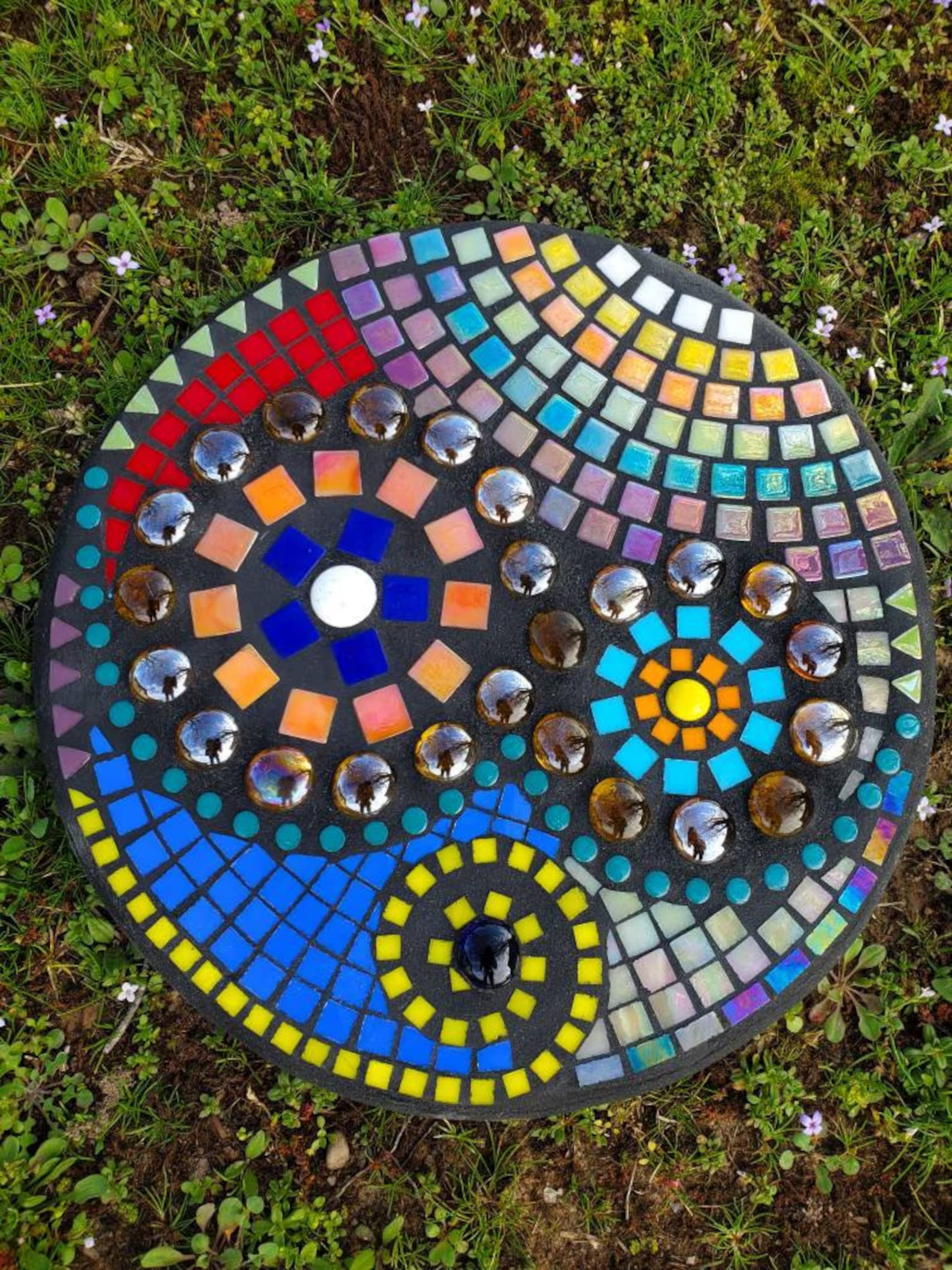
If a faux rock, lawn ornament, or planter isn’t in the budget, then consider turning that ugly septic tank cover into art. If your cover is concrete, consider using small tiles to create an attractive mosaic pattern on the lid. An easier way to go is to give it a coat or two of paint for concrete. Choose a solid color to blend in with the surroundings, or add a fun pattern or design.
12. Don’t build a fence.
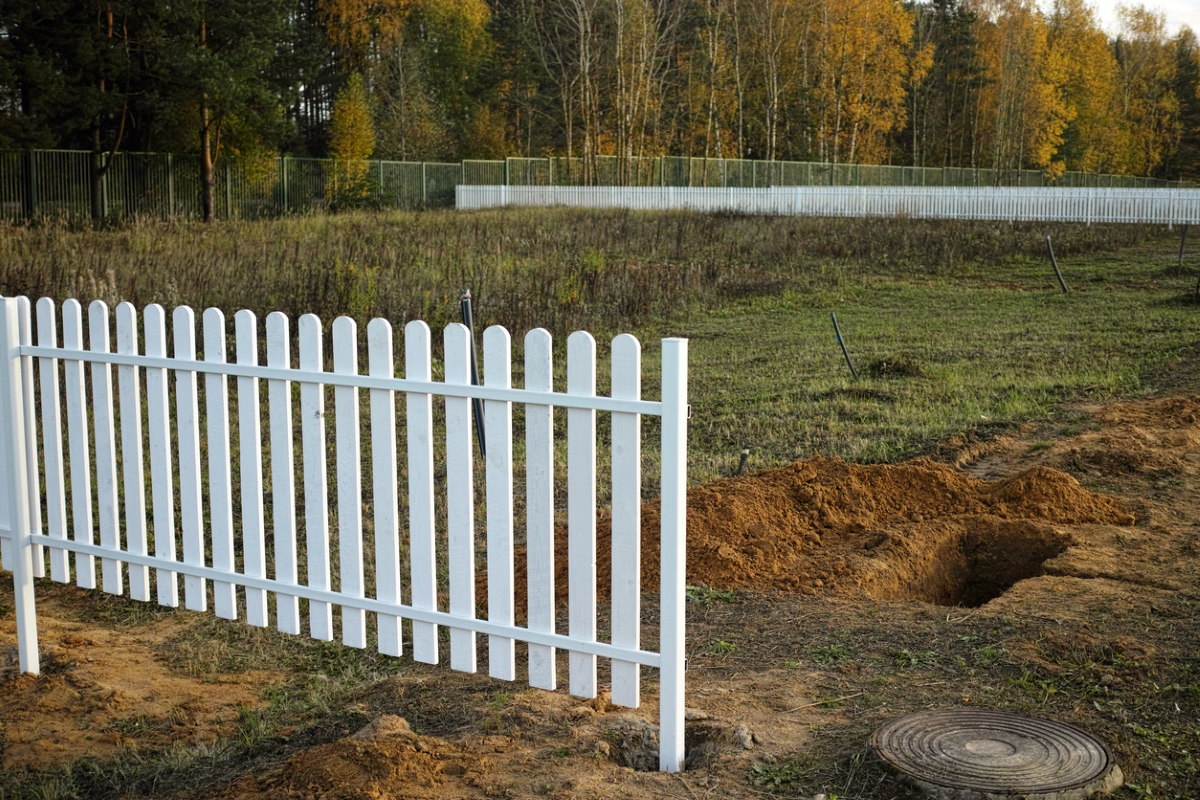
While building a fence around the septic system covers and vents might seem like a great way to hide it from sight, doing so could damage the system. Fences require posts that extend several feet into the ground. There’s a good chance you could dig into the PVC pipes in your septic field while digging the holes for these posts.
